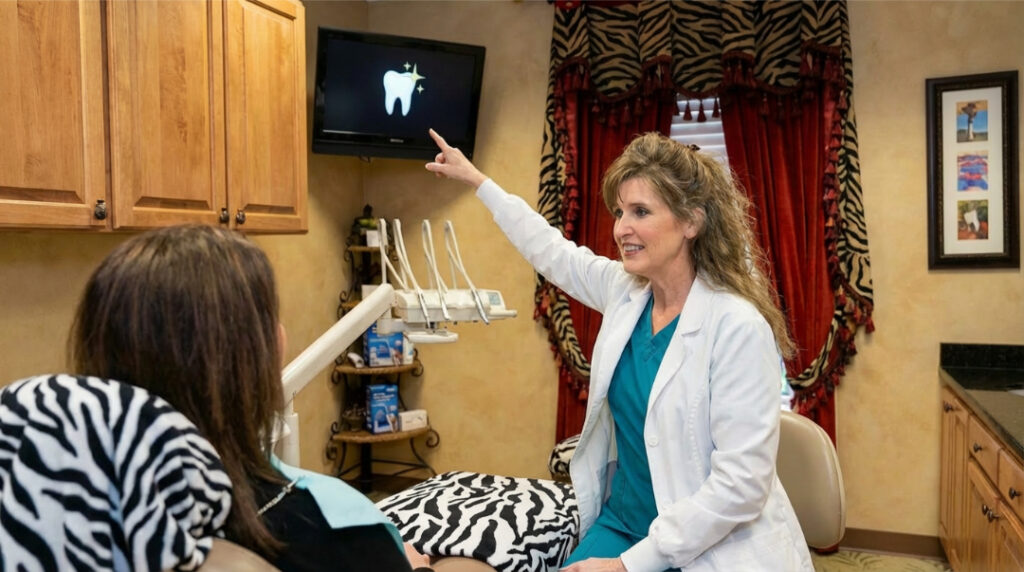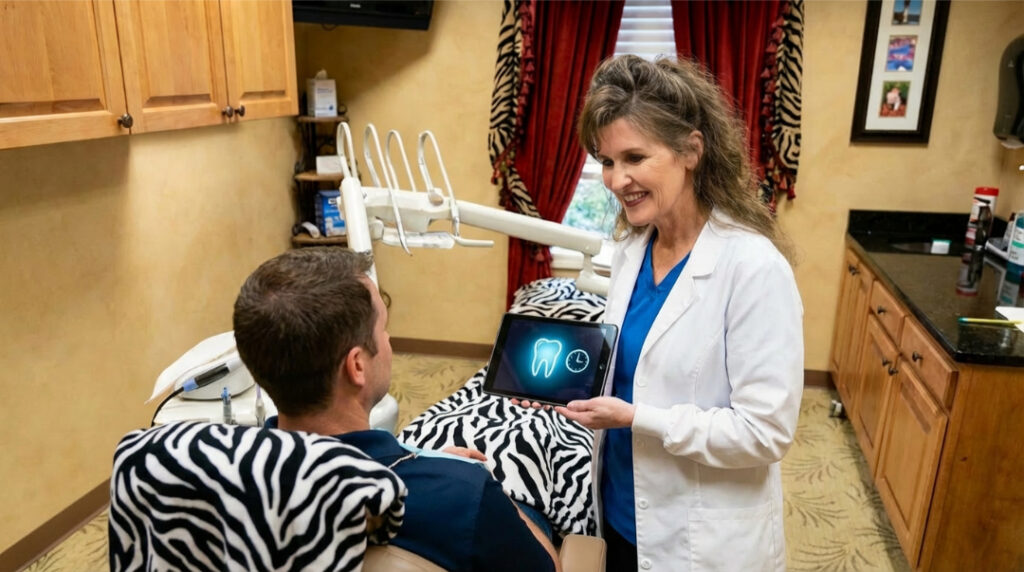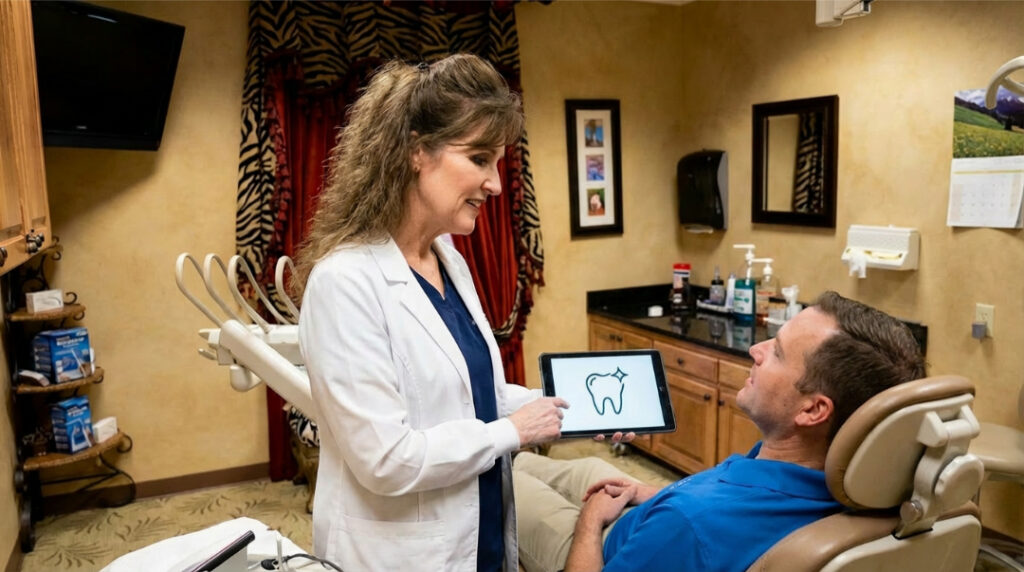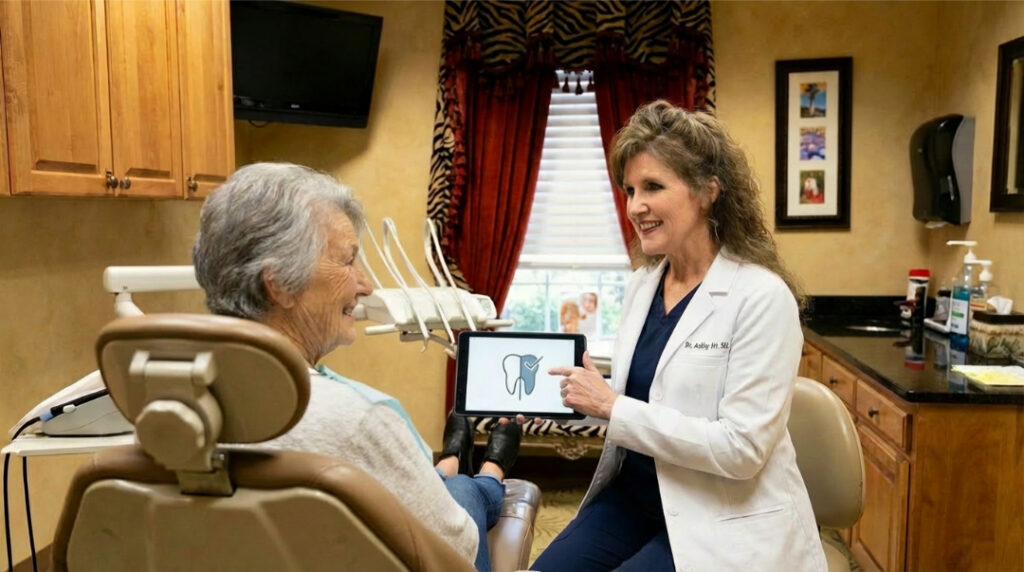TLDR;
A regular dental cleaning, or prophylaxis, removes plaque and tartar above the gumline to maintain healthy teeth and gums. A deep cleaning, or scaling and root planing, removes plaque and tartar below the gumline and smooths tooth roots to treat gum disease. The main difference is prevention versus treatment.

A regular dental cleaning is a preventive procedure for patients with healthy gums. It removes soft and hardened plaque above the gumline to prevent cavities and gum disease.
Typically, adults with healthy gums are advised to schedule a dental cleaning every six months. This timeline supports early detection of issues and consistent plaque control. However, the recommended dental cleaning frequency may vary based on individual risk factors such as smoking, diabetes, or a history of gum disease.
At Buford Dentist, we tailor cleaning intervals to each patient’s unique oral health needs. While many benefit from a standard twice-yearly schedule, some patients, especially those prone to cavities or gum issues may require more frequent visits to maintain optimal oral health.

Deep cleaning is a therapeutic treatment for gum disease. It targets bacteria, plaque, and tartar below the gumline. The root surfaces are smoothed to help the gums heal and reattach.






Advances in dental diagnostics may make cleaning schedules more personalized. Saliva testing, genetic markers, and advanced imaging could help determine risk levels more accurately.